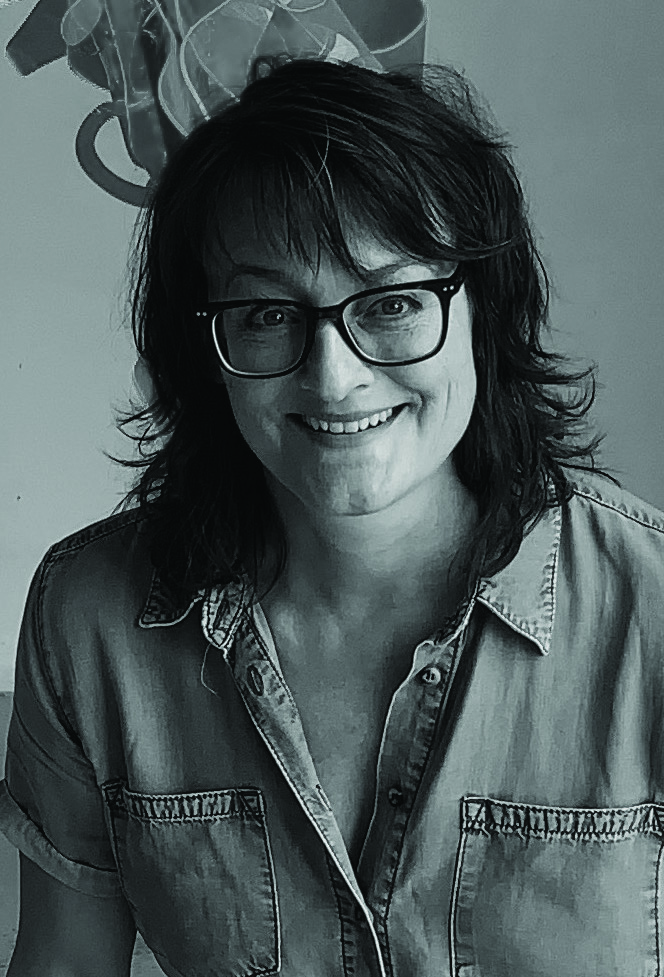
Vivi Linnemann, Denmark.
I was in the process of renting new Ateliers in Denmark and Switzerland, when we all realised that Covid was going to change life as we knew it. Knowing that I would not have been able to travel anywhere for more than a year, let alone meeting up with anybody, I was relieved that at least I did not commit to contracts and monthly rent for workspace in two countries.
I keep reminding myself that usually something good comes out of change. It is supposed to be good for the brain, being curious, learning, trying to get used to something new. It can be a good thing. Most people in Denmark value the security of a steady job over the adventures of being an independent contractor. Many of the people I work with have continued to be paid a full time salary during the pandemic, and in comparison, like almost all artists, I am not. This truly is a time for being naively optimistic – this might be a time for pioneers!
Working online makes me realise that the world is getting smaller every day: I find myself in deep conversation with work colleagues, sharing good laughs with friends, whether in other countries or around the corner, in many ways it makes no difference any longer. We can see each other virtually, brainstorming can be in different languages, sketches can be sent via e-mail etc. My little family and I feel quite worldly when we meet for lunch in the kitchen at home. Due to different timezones, night and day might be turned up-side down, but so are many things now. The three of us take turns preparing lovely, time-consuming meals for each other, and it is beginning to show on the figure. It is time for a lot of “hygge” (cosiness that bring contentment into daily life). COVID has put things into perspective. What are our values? What do we really need?
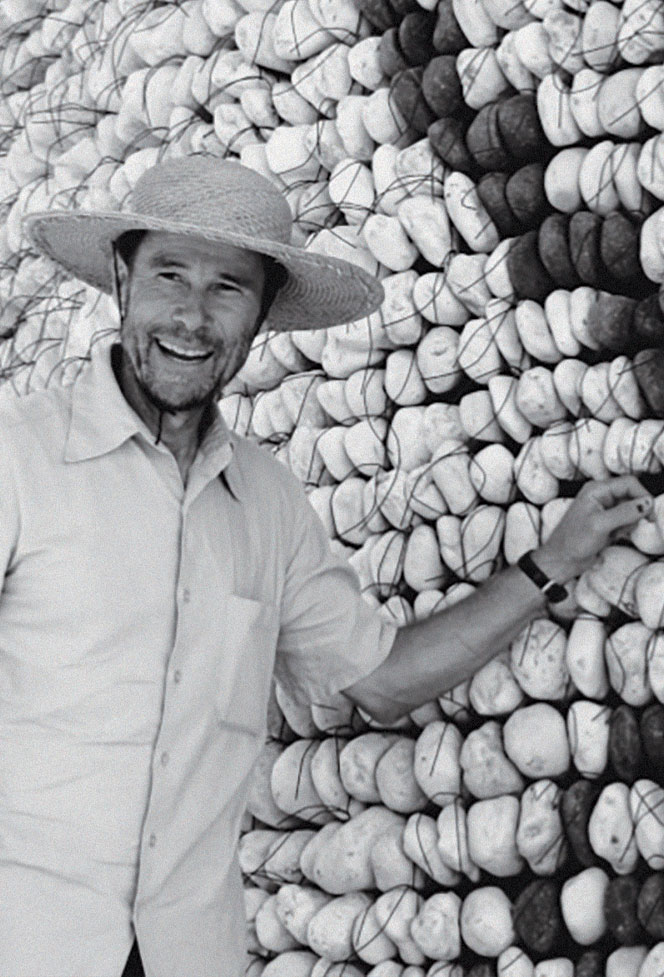
Chris Booth
The realisation of an 8m puff ball shaped form called ‘Orb’ into which up to 12 people could enter to view, through any of 120 specially designed apertures of all size,s the passing over of the celestial bodies, the sun or the moon … 24/7 … didn’t happen due to Covid.
But other projects have moved ahead. After 8 years of seeking a sponsor, Ngāti Rēhia (our local Maori hapu) and I finally, just before Christmas, gained the funding to build Te Haa o te Ao ‘The Breath of the World’ – a 17m high, 32 tonne, kinetic sculpture that reflects what we are doing (or not doing) to combat climate change in our district of Tai Tokerau, New Zealand.
Te Haa o Te Ao ‘The Breath of the World’ is a proposed entranceway sculpture into Kerikeri, Waipapa and the surrounding Bay of Islands which Ngāti Rēhia had invited me to design. The aim of the sculpture is to raise awareness in locals and visitors about the greatest threat humanity is facing today: climate change.
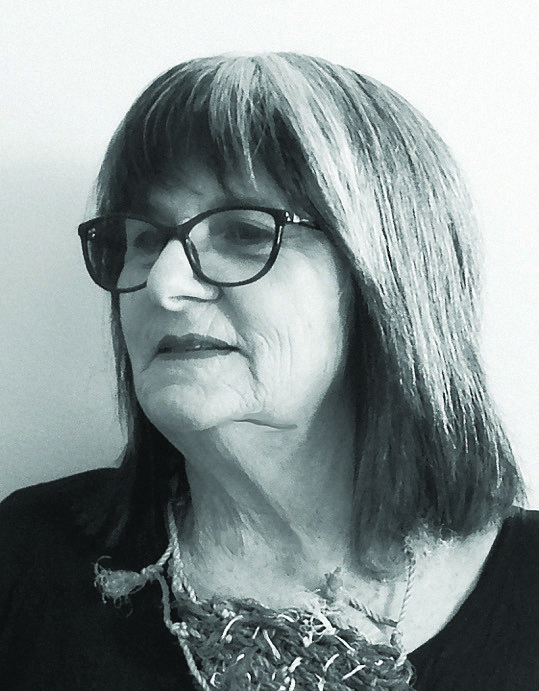
Merle Davis
The worst part has been feeling helpless and depressed watching world events unfold and witnessing the sadness in other parts of the world through TV and social media. I have felt overwhelmed by what the medical profession was having to deal with and the rising death tolls throughout the pandemic.
However, as we were unable to travel, I was happy to spend more time in the studio. My initial response to the pandemic was fuelled by the media reports of what was unfolding in Wuhan and China, and I looked around my studio and gathered together everything that was ‘Made in China’ and wove a large ‘Wuhan Basket.’
As I found I had more time on my hands not rushing around to shop or visit people, or attend workshops and events, I spent more time researching and increased my interaction with artists on-line through social media and zoom conferences. As a result I’ve connected with artists from around the world and found this interesting and beneficial.
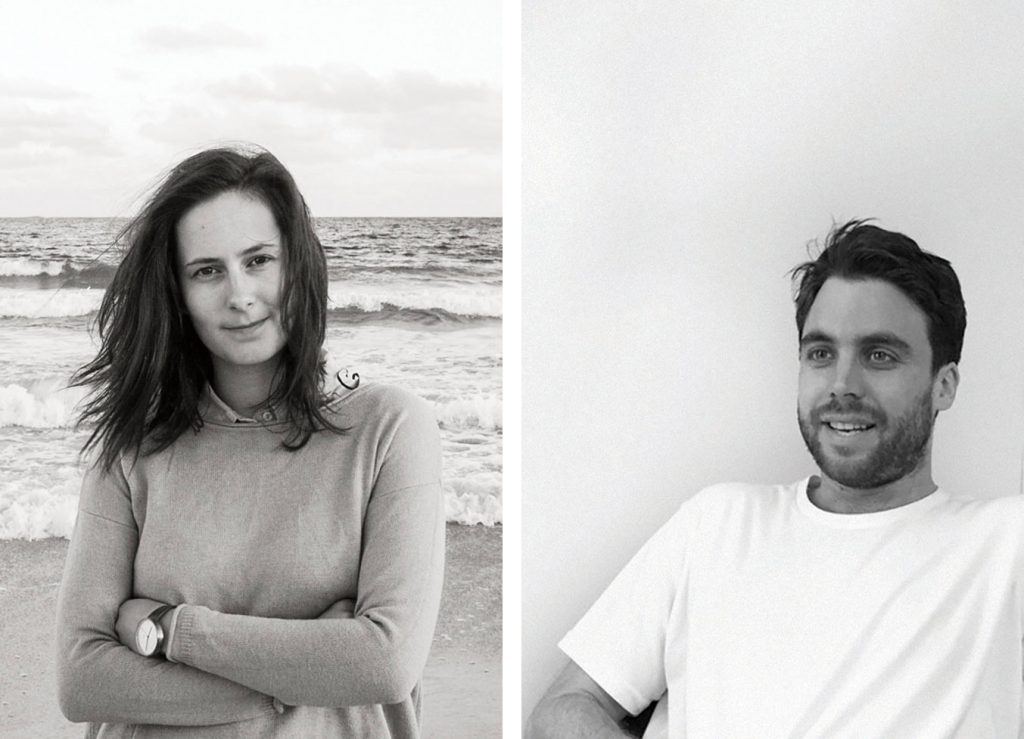
Georgia Taylor-Berry & Jesse Taylor
COVID hit pause on a lot of things in our lives that we had thought, at the time, were important. As cousins from Perth living in New York and Amsterdam, dense cities that lean towards a consumptive lifestyle, we had to find new ways to operate. Particularly in the first few months of lockdown, we were both subject to significant periods of downtime, which led to reflection, which led to this sculpture. Our sculpture ‘Interacting Fences’ is definitely a product of COVID and the cultural questions that arose from it.
Life in the studio in 2020 was unfamiliar, but rewarding.
We made the abrupt transition from hands-on, collaborative, work environments, to working alone from our living rooms. Both of us come from architecture backgrounds in which the physical studio space is considered sacrosanct. Removing this element from our practices forced us into new ways of thinking and doing as well as expanding who we could work with. Our worlds became both much smaller and much bigger.
There were absolutely silver linings to the cloud that was 2020. The response to COVID (especially in Australia) has shown that anything is possible. When talking about global warming or social injustice, we can no longer hide behind the same excuses (economic stability, national security, religious freedom, etc.) for our inaction; because we have seen what can be done.
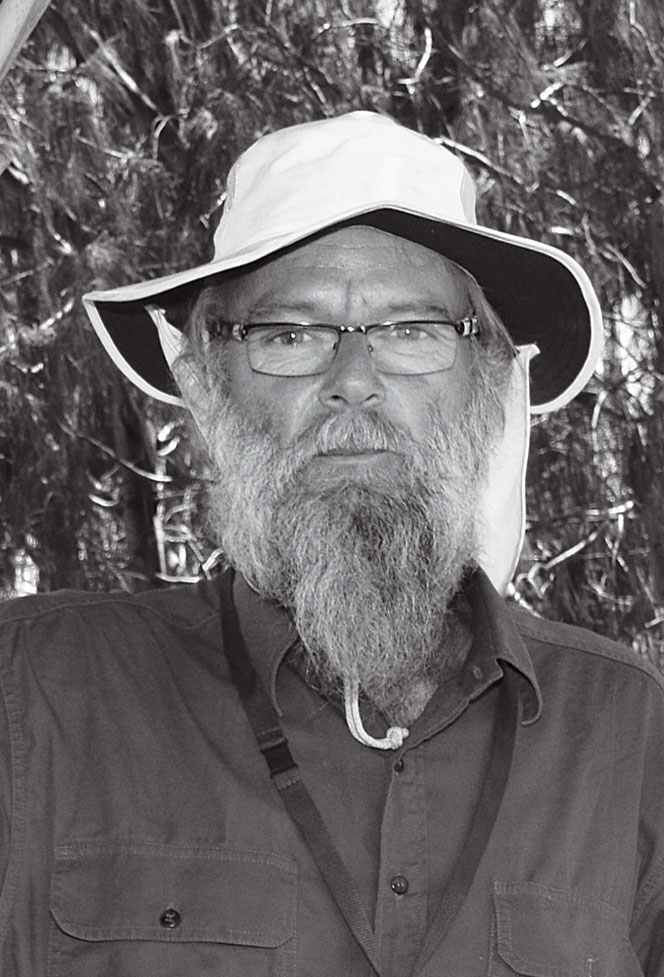
Tom De Munk-Kerkmeer
Perth is the most remote large city in the world and I live 100 km east of this city in a country town. Maybe this time around this remoteness has been beneficial. This remoteness, together with the fact that I live quite a solitary life, with most of my occupation in and around the house/studio/garden, has created a situation in which I have hardly noticed any consequences of the COVID virus
As a silver lining I see the awakening to the fact that the global interdependent system that has been created has its weaknesses. For all our basic needs we have become completely dependent on a complex and possibly fragile system and it seems people are starting to wake up the consequences of this dependency.
In my remote country town many people have started gardening trying to grow food, some beekeeping supplies have been selling out. Small scale food production is one of the solutions for problems we are facing, providing us with some of our basic needs and giving us a meaningful, beneficial occupation. Personally this has seen my creative endeavours move in the direction of perma-sculpture.
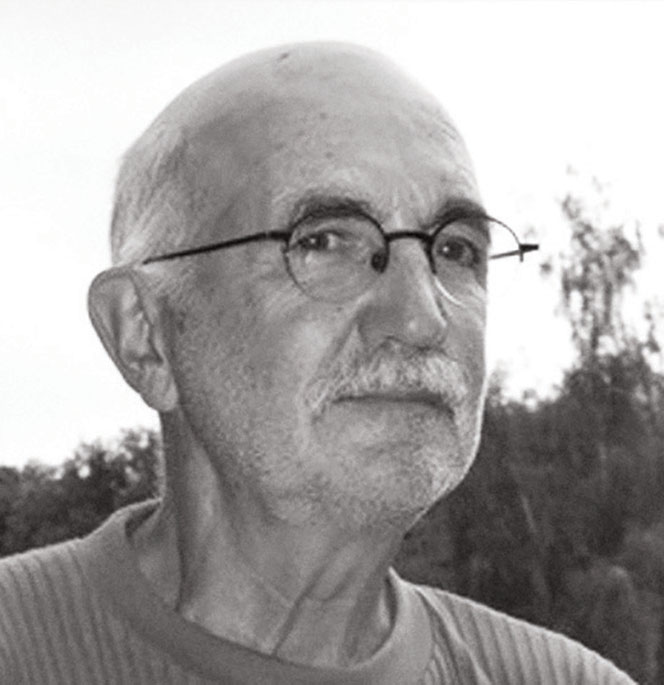
Heinz Schmid
I’m retired, so COVID doesn’t confound me very much. My life is calmer but I miss the contact of other people. Life in my studio hasn’t changed very much because I’m used to always working alone. Two exhibitions that I was to participate in were cancelled, and a big exposition that I organise in Switzerland as the leading promoter, had to be delayed.
The Sculpture by the Sea exhibition is a ray of hope for me, despite not being able to be there physically. I am fortunate to have my artwork ‘The Sound of Clouds’ installed for me, and I am able to take part in some exhibitions here in Switzerland and Germany later this year.
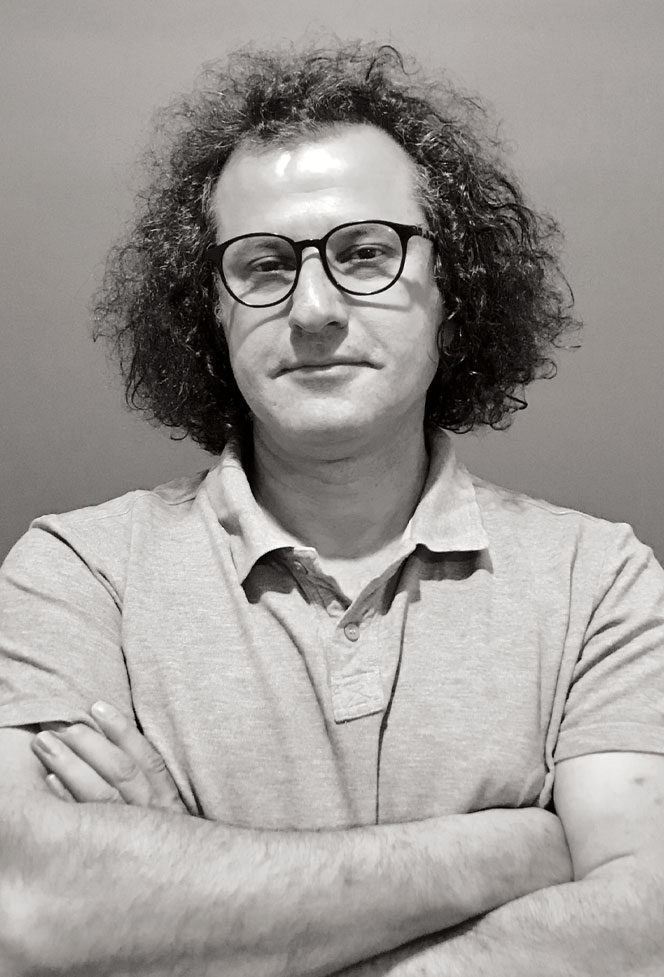
Ayad Alqaragholli
The lockdown of all the international and interstate borders during COVID has affected my life as a human and career as an artist. For most of the year it has been hard for me to move or make contact with people in public whilst I was working from my studio in Melbourne, especially after two waves hit Victoria. COVID has really been a nightmare for everyone across the globe.
During lockdown I drew hundreds of faces, and in the beginning I didn’t understand why I was drawing faces, but after a while, I found that because I missed seeing human faces and being away from home, I created these faces just because I love humans. The titles for my artworks are ‘Stay Home’ for which I used ink on paper.
The concept for my work for Sculpture by the Sea, Cottesloe 2021 was born during lockdown so I decided to transfer these ink on paper face drawings to bronze sculpture. In this way I tried to create beauty and joy during this pandemic. I believe this pandemic created death, sadness and violence to affect love, peace, freedom in human life. So let us use art to fix this crack which this pandemic has created on the map of the world!
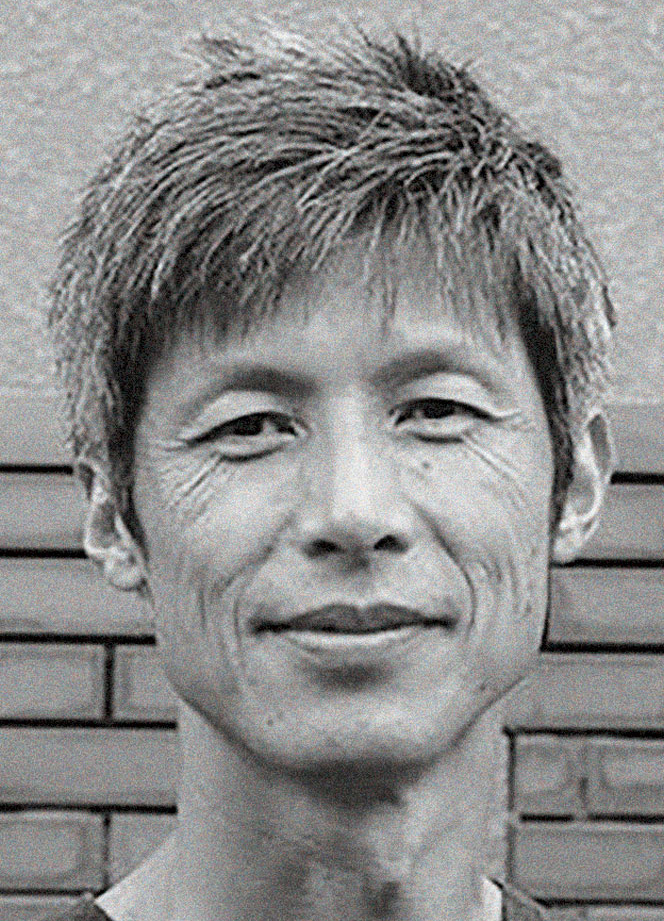
Takahiro Hirata
Every day, I come and go from my home to my studio where I make sculpture alone. I make sculpture every day. Every time any exhibition was cancelled, I felt sometimes sad, making it difficult to think of anything positive – it has been difficult to control my mind.
My daughter, who is petite, plays the tuba because she loves its low tones. Her wind instrument music competition was cancelled, as was my son’s Kendo (traditional Japanese fencing) competition. After all their efforts in practice and for it not to pay off, is a very miserable feeling for both children and adults.
But I am thankful to spend ordinary days to share pleasures and also the difficult times with my family. This is thanks to COVID.
I have travelled every year to exhibit my work at Cottesloe since 2014, and dream about visiting again, hoping that one day I will also be able to bring my family with me.